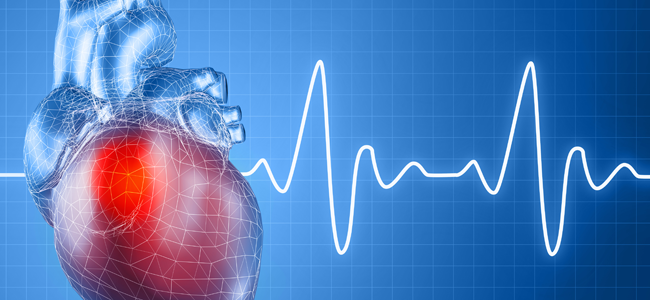Biomedical engineers at Duke University have created a fully functioning artificial human heart muscle large enough to patch over damage typically seen in patients who have suffered a heart attack. The advance takes a major step toward the end goal of repairing dead heart muscle in human patients.
The study appears online in Nature Communications on November 28, 2017.
“Right now, virtually all existing therapies are aimed at reducing the symptoms from the damage that’s already been done to the heart, but no approaches have been able to replace the muscle that’s lost, because once it’s dead, it does not grow back on its own,” said Ilya Shadrin, a biomedical engineering doctoral student at Duke University and first author on the study. “This is a way that we could replace lost muscle with tissue made outside the body.”
Related Articles
- AHA: Methamphetamine-Related Heart Failure on the Rise
- Heart Murmur Disappearance on Standing Can Rule Out Pathology
- Eating More Nuts Associated With Lower Heart Disease Risk
- AHA: Drinking Coffee May Cut Risk of Heart Failure, Stroke
Current clinical trials are testing the tactic of injecting stem cells derived from bone marrow, blood or the heart itself directly into the affected site in an attempt to replenish some of the damaged muscle. While there do seem to be some positive effects from these treatments, their mechanisms are not fully understood. Fewer than one percent of the injected cells survive and remain in the heart, and even fewer become cardiac muscle cells.
Heart patches, on the other hand, could conceivably be implanted over the dead muscle and remain active for a long time, providing more strength for contractions and a smooth path for the heart’s electrical signals to travel through. These patches also secrete enzymes and growth factors that could help recovery of damaged tissue that hasn’t yet died.


